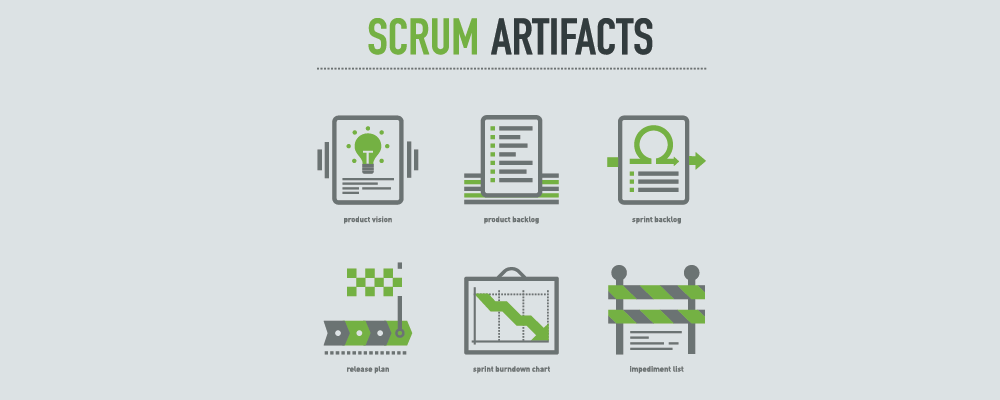Scrum Artifacts have always been something that interests humans greatly whether they’re from the era of the Aztecs or of the novel Coronavirus.
The artifacts that humans and historians have been fascinated with were of cultural and historical significance but the artifacts that we find nowadays are a different breed entirely.
This is the time of Scrum Artifacts being presented by the companies, to help communicate the information about everything they are doing, to the stakeholders and every other entity related to the project in question.
Intrigued? Then let’s dive right into what these artifacts are.
Scrum Artifacts
Basically, as we discussed above, these are pieces of the whole scrum story that you can share to deliver the information related to the project, to the stakeholders and any other entities that are connected to the project.
This information can be about many different things about the project like:
- What is the progress report of the project and how it is utilizing the resources?
- What activities are being planned to be completed in the upcoming sprint?
- What are the tasks and milestones that have been achieved so far during the development process?
Scrum artifacts are not going to help us find treasures and lost utopias if you’re thinking of the artifacts that Indiana Jones found, but hey! They’re still very important to maintain the transparency of information between the project manager, the development team, the stakeholders, and any other entity related to the project.
We’ll talk about these artifacts in detail but first, we should talk about what Scrum and Agile methodology are.
What Is Scrum & Agile?
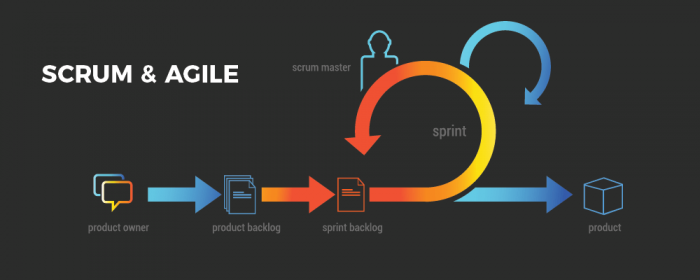
Agile is a project management methodology that is based on the manifesto generated by the project management community called the Agile Manifesto.
It is a strategy that divides a bigger project workflow into many smaller chunks that can be completed by the team in time durations called sprints.
These sprints are generally two to four weeks long but they can be designed by the manager according to the needs and requirements of the project in question.
Scrum is a PM framework that was developed on the footprints of Agile methodology and since it’s a disciple of Agile, it works exactly like it.
What does a Scrum Process contain?
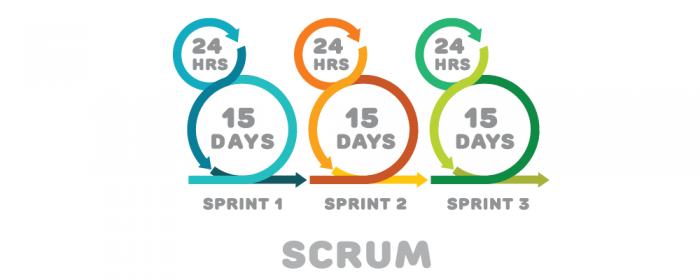
Based on the discussion that we had about Scrum, you might think that it’s just a dandy framework that we can use to run a successful sprint while using some artifacts, but it’s so much more than all that.
A proper Scrum process consists of three different things:
- Scrum Events (4)
- Scrum Values (5)
- Scrum Roles (3)
We know that this rabbit hole is going on and on but bear with us because these elements are vital for a successful Scrum process. Here’s a basic understanding of what these elements are and what they contain.
Scrum Events
Scrum events are different meetings or ceremonies that the whole team has to attend for everyone to get on the same page about what is happening in the project so that there is no scope creeps to worry about and no gaps between the team’s understanding of each other’s work.
Scrum events include meetings like sprint planning sessions between the manager and the development team, the sprint review meeting, the daily scrum meetings to get the latest updates from everyone about their work, and also sprint retrospective meeting.
Scrum Values
These events, being 5 in number, are the code of ethics or rules that the scrum development team has to follow. These include rules about courage, respect, commitment, focus, and openness.
Scrum Roles
Scrum roles are the three major individuals that collaborate to make the progress a success. They are the pioneers of the company that the business depends upon to gain more value through every single project in its roster.
These three roles are the product owner, development team, and the scrum master.
Now, let’s dive right into the 3 Artifacts of Scrum.
The 3 Common Scrum Artifacts
Here are the three artifacts of Scrum that, when combined with the 3 elements discussed above, make the scrum process a success. They are:
- Product Backlog
- Sprint Backlog
- Product Increment
These three are the proper source of information to consult if you don’t want to disturb the development team while they work and you just want to know what is happening in the development process of the project.
Let’s study all three of them in detail.
1. Product Backlog
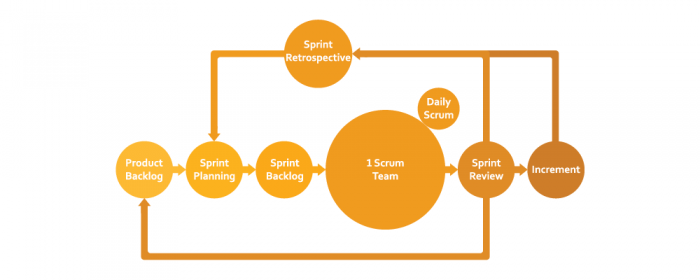
One of the most important things before investing all of the resources and manpower you have to complete a project is to first find out what features and functionalities the end-user wants from the project that you’re trying to develop.
The tricky part is that the needs and requirements of the end-user never remain the same and you have to keep track of all of that information but how would you keep all of that information at hand for your team to consult it regularly?
The answer is Product Backlog.
The product backlog is a sort of ledger that compiles a record of the ever-changing list of features and fixes that the end-user wants in the software that you are trying to develop. It is also the only source of requirements that you have regarding any upcoming sprints that you have on the calendar.
Product Backlog helps you:
- Make sure that everyone in the team and the company know what exactly is happening in the project development process
- Prioritize all of the decisions that are necessary to make the project success according to the business requirements that are always changing
- Figure out how many features and fixes can you perform in a specific sprint or a time duration according to the data acquired via story points
You might be wondering what these story points are. Well in Agile methodology, user stories are documented accounts retrieved by the end-user in which they describe the features and fixes that they want in the project that you’re working on.
Every user story that the team gathers is given a story point which is the rating that you give to the story. This rating is the scale that shows how easy or hard it is to develop the features that the customer is asking for.
Each of the items that are being entered in the product backlog is prioritized by the manager and the criteria for it is the need for the feature or fix for the user.
For example, a traveler will always prefer GPS over advanced filtering any day of the week. So, the GPS functionality will be on top of the wishlist when the developers start to work on the items listed in the product backlog.
One of the most important things that you need to make sure is to update this backlog regularly and there should not be any procrastination regarding this. Why? Because the needs and requirements of the end-users change frequently and they might need one feature one day but not the next.
So, it’s important to make sure that you have the latest data so that the team doesn’t waste their time developing something that the customer no longer wants.
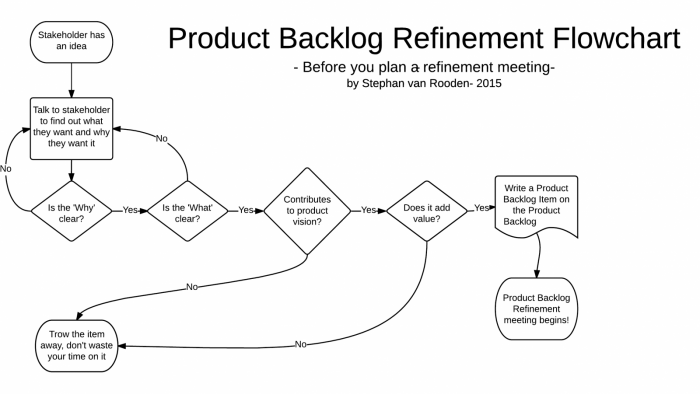
To update the backlog, you perform the process called product backlog refinement. In this process you:
- Cancel or cut out all of the features and fixes that the customer no longer wants
- Review all of the items that are the in the backlog regularly
- Redefine the acceptance criteria of the features
- Regularly write new user stories and assign story points to them
The product owner is the person in charge of maintaining everything included in the Product Backlog.
2. Sprint Backlog
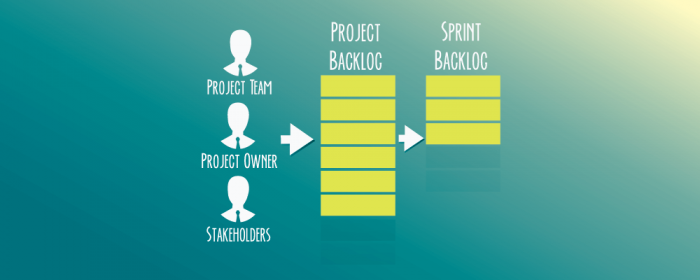
Remember the scrum process that we discussed above which used to work in sprints? This is the backlog to keep track of everything that needs to happen and will happen in every sprint that the development team embarks upon.
It is a souped-up to-do list that tells the development team about the features and functionality that they need to work on in a particular sprint.
One major feature of this backlog is that it also provides release notes or development plans for the developers so that they can develop the feature that is required to be worked on in the sprint. This helps them complete their work and achieve the goals that they set out to achieve in the sprint.
How this development process in sprint works is that the development team consults the product backlog and finds out the most important feature or fix that the customer wants as soon as possible.
They add this item into the sprint backlog and using the scrum methodology, split the chunk of work into smaller tasks. These tasks are easily workable by the whole development team, going through the many development stages like development, testing, and many others if need be.
Much like the product backlog, the sprint backlog is also updated regularly to make sure that the features and fixes that the development team is working on are needed by the customer and are not rejected by them, wasting the time of the developers and the other scrum roles.
3. Product Increment
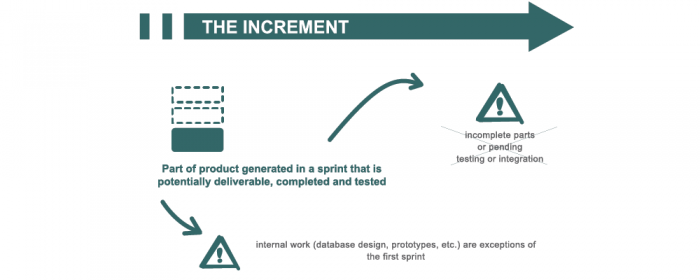
Finally, we get to the most important scrum artifact there is in the list and that is the Product Increment.
This is the product or the deliverable that is worked on and it is the product that is delivered to the end-user to test out and point out any defects that they want the development team to fix.
Don’t be fooled by the name ‘increment’, as it is a working prototype of the software or the product that is quite perfect and “potentially” deliverable to the end-user.
Why potentially? Well, before the final version of the product rolls out to the public, the product owner has to make sure that the product is 100% perfect and falls under the criteria for a “Complete Product” set by the team.
When this check is complete, then and only then is the product shipped off to the end-user and considered a success.
Some other Scrum Artifacts that are worth mentioning are:
- Release Burndown Chart: This scrum artifact tells the development team about the amount of work that is remaining in each sprint.
- Release Plan: This plan is created while the team is having a sprint planning meeting. This plan highlights the work that the team has to do in the next sprint.
How to Effectively Manage These Scrum Artifacts?
Before you go, you need to learn how you would manage these three artifacts in a way that will be beneficial to you. And if you thought to manage a physical team and these artifacts were hard, imagine how difficult would it be to do all of this remotely.
But before you worry, just make sure that you follow the following steps using a powerful project management software like nTask and you will be fine. Why nTask? Well, this powerful tool can help you:
- Manage all of the backlogs that we discussed in the article very easily and efficiently
- Plan for all of the upcoming sprints, the features included in them and update the backlogs
- Track the progress of the activities and the progress of the overall sprint over time
- Communicate with the team members and every stakeholder so that there are no scope creeps and other communication problems
Which is the Best Software for Scrum Agile?
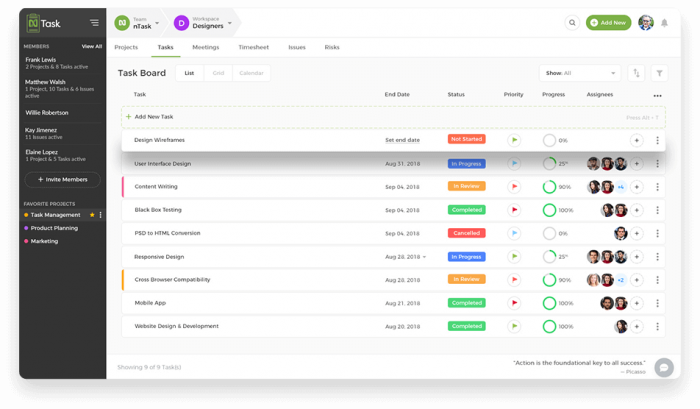
When it comes to project management, you will not find a more amazingly detailed yet intuitive, feature-packed software like nTask. Used by over a million users around the world, nTask has everything you need to accomplish all your projects that are infused with Agile.
Let us look at all the different features that the software has to offer.
Multiple Views
- List View: This view is particularly important for those professionals that do not want detailed information about the tasks they are working on. They just want the name and onwards they go.
- Grid View: This view is for those team members who want the details before and during task development. They need all this information to make sure that they are doing the right thing and have not missed a blind spot.
- Calendar View: This view is for those professionals who schedule all the tasks and activities related to the project, according to their work calendars. This makes them aware of all the deadlines that the tasks have been attached to.
Powerful Dashboard
Another important feature of this application is the famous Dashboard that makes you aware of all the tasks and activities that are needed to be performed to make sure that the project is completed on time.
You can also check all the different scrum activities, meetings, and other interactions that you must perform, concerning the project.
Conclusion
There you have it. This was everything you need to know about Scrum artifacts to make your project a success. But you must keep one thing in mind and that is to use these artifacts with each event and role otherwise these artifacts are not going to work.
Give nTask a shot and let it handle the heavy lifting for you.

